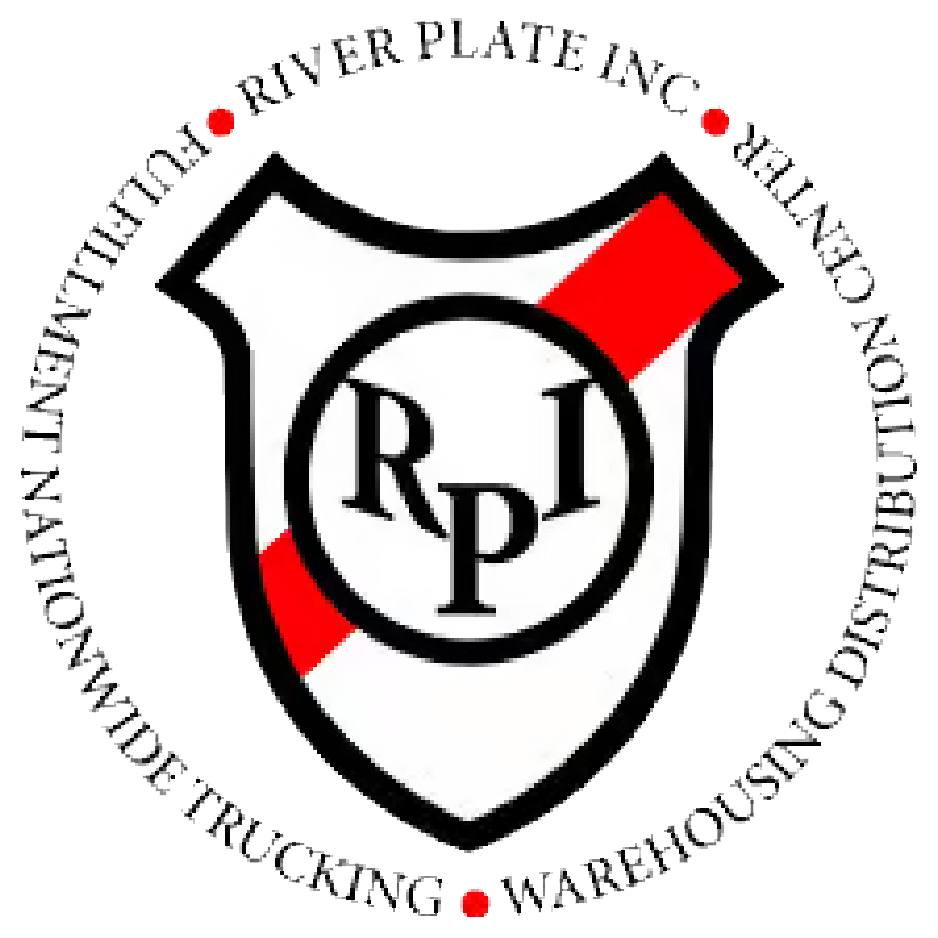Digitally native brands have disrupted traditional consumer markets with speed, creativity, and direct-to-consumer appeal. As these brands mature, many are stepping beyond the confines of ecommerce and looking to retail as their next channel for scale. Transitioning from DTC to retail with 3PL introduces new dynamics worth paying attention to those on the receiving end, including retail buyers, wholesale partners, and logistics professionals.
The opportunity is clear. A DTC brand moving into retail often brings strong branding, proven demand, and a fresh customer base. What usually goes unseen is the operational strain behind that move. For many of these brands, retail requires an entirely different fulfillment model. This is where the role of a modern 3PL becomes central.
3PL innovation enables young brands to meet the strict standards of retail partners and scale without compromising quality or consistency. Understanding how these logistics partners operate can help retailers and consultants ensure smoother onboarding, reliable replenishment, and better outcomes across the supply chain.
DTC Boom and Its Retail Pivot
DTC brands have gained market share by offering a better buying experience, tighter control over messaging, and direct access to customer data. These advantages helped them carve out space in saturated markets, often without relying on traditional retail channels. For a while, it worked, sometimes remarkably well.
But growth in DTC is slowing. Customer acquisition costs online have climbed. Platforms that once gave brands reach, such as Instagram or Facebook, are more crowded and expensive. At the same time, consumers are returning to physical stores for discovery and trust. That shift in behavior is pushing DTC brands to rethink their distribution strategy.
Retail has re-emerged as a logical next step. Physical shelf space provides exposure, volume, and the legitimacy that some DTC brands need to reach the next level. From a retail buyer’s perspective, these brands often come with highly engaged followings and product-market fit already in place. But enthusiasm alone isn’t enough. Without the proper backend infrastructure, these brands struggle to execute at the level retail demands.
Retail Readiness is a Logistics Problem
Retail success depends on more than strong demand. The real challenge for DTC brands expanding beyond their digital roots begins with operations.
Online Fulfillment Doesn’t Prepare Brands for Retail
Selling through a website and supplying physical retail stores involves completely different processes. DTC fulfillment focuses on one-to-one delivery, fast shipping, and convenience. This system supports personalized orders and is designed to enhance the customer experience.
It fits well within the DTC space, where strong customer relationships and direct access to buyers are key advantages. However, this setup lacks the structure required for large-scale retail partnerships. Traditional retailers expect timely, compliant deliveries that match their exact standards.
Retail Requires Precision and Compliance
Retail logistics operates on strict terms. Each shipment must follow retailer-specific requirements such as labeling, barcoding, and pallet configuration. Even small mistakes can lead to rejected deliveries or chargebacks. For a D2C brand trying to expand into stores, these are critical details that cannot be overlooked.
Getting it right supports the store operations and keeps the product moving efficiently. Getting it wrong leads to costly disruptions and weakens trust between the brand and its retail partner. These mistakes also damage the end customer’s shopping experience, eroding long-term loyalty.
DTC Brands Often Underestimate the Shift
Many fast-growing DTC companies assume their digital success will continue into retail without significant changes. A strong online presence, creative DTC marketing, and engaged audiences don’t automatically solve the operational demands of retail supply chains.
Retail fulfillment is about accuracy and reliability across bulk orders, recurring shipments, and well-managed inventory levels. This shift requires tighter inventory management, better coordination, and the ability to deliver on time across multiple locations. Even well-known consumer brands face challenges during this transition if their backend systems are not built to handle the pressure.
Consistency Matters to Retail Buyers
Retail buyers need partners who can consistently deliver and meet operational expectations. Customer retention often hinges on availability and reliable restocking. If inventory isn’t where it needs to be or if delivery windows are missed, retailers lose confidence.
Big brands have spent years building that kind of operational trust. A new DTC approach must match that level of performance to stay on the shelf and grow the relationship. Marketing efforts only go so far if the logistics fall short.
The Role of a Strong 3PL
A capable logistics provider helps align operations with retail requirements, manages inventory across channels, and supports consistent fulfillment. This support allows DTC marketers and product teams to focus on brand awareness, customer loyalty, and product development without being distracted by logistics breakdowns.
A strong 3PL also helps DTC companies act more like established brands, giving retail buyers confidence that the brand can handle scale. When fulfillment is reliable, customer engagement improves, retail partners stay satisfied, and the brand becomes easier to trust both on the shelf and behind the scenes.
How 3PL Innovation Enables the Shift
As DTC brands expand into physical retail, logistics becomes more than an operational necessity. It becomes a competitive advantage. The right third-party logistics partner builds a system that supports growth, protects customer relationships, and gives brands the tools to succeed across new channels.
Streamlining Complex Fulfillment Requirements
Supplying retail stores means handling larger shipments, tighter deadlines, and multiple inventory destinations. A modern 3PL understands these complexities. From accurate carton labeling to strict compliance with retailer specifications, a capable provider helps reduce errors and avoid chargebacks.
This level of detail supports both new and established brands as they scale. It ensures inventory arrives on time and in the correct format. Retailers depend on that consistency to maintain store performance, and brands rely on it to keep growing their retail relationships.
Centralized Inventory Visibility
One common challenge for DTC brands entering retail is disconnected inventory management. Stock may be split across different warehouses, each serving separate channels, without proper coordination. These gaps lead to delays and mistakes that disrupt store operations and customer service.
A 3PL with centralized inventory tracking gives brands a unified view of inventory levels across all channels. With that clarity, teams can prevent stockouts, improve demand forecasting, and strengthen customer retention by keeping popular products available.
Supporting Multichannel Strategies Without Disruption
Expanding into retail doesn’t mean stepping away from the direct model. Many DTC marketers work to maintain both at once. The challenge is doing so without losing momentum or weakening the customer experience in either channel.
A reliable logistics partner helps make that possible. Brands can preserve the speed and personalization of DTC fulfillment while meeting the structure and scale that retail requires. This balance supports broader marketing efforts and builds stronger brand awareness across touchpoints.
Faster Iteration and Product Development
Retail brings added pressure. Launch windows are fixed, seasonal resets move fast, and retailers expect on-time delivery every time. For consumer brands focused on innovation, these conditions can either slow product development or push the team to operate more discipline.
A strong 3PL helps maintain that momentum. Product teams can move faster with fewer fulfillment delays and more predictable workflows. That allows more time for experimentation, customer engagement, and the kinds of improvements that lead to long-term customer loyalty.
Why Retail Buyers and Consultants Should Care
When a DTC brand expands into retail, its logistics operations are critical in how smoothly that transition happens. Retailers rely on consistent, on-time deliveries and proper inventory management. A DTC brand with a reliable 3PL partner reduces risk for the retailer by ensuring operations run without issues, allowing the brand to be positioned for success from day one.
For retail buyers, a brand with strong logistics is easier to work with. It means fewer issues with missed shipments, stockouts, or product errors. The brand can meet retail expectations without constant oversight, making it more likely to build a lasting relationship with the retailer.
Consultants evaluating new brands need to consider more than just market fit. A brand with operational maturity has a clear advantage. It ensures that the product will be available when customers expect it, leading to better brand reputation, customer loyalty, and fewer disruptions for the retailer.
The Long-Term Value of Operational Maturity
Strong logistics operations are essential for long-term brand growth. As DTC brands move into retail, their ability to scale and meet customer demand depends heavily on what happens behind the scenes. Fulfillment must be reliable across both ecommerce platforms and retail channels. A capable 3PL supports this shift by managing DTC orders efficiently and adjusting quickly to demand changes.
Retail offers little margin for error. Poor inventory control, late shipments, or weak reverse logistics can damage customer relationships and strain retail partnerships. Brands with well-built logistics systems are better prepared to avoid these issues. They keep inventory accurate, ensure timely deliveries, and handle delays-free returns. This reliability builds customer trust and helps strengthen the brand in competitive markets.
Operational maturity gives brands a clear advantage. It allows them to manage complexity without losing consistency. Those who invest early in a strong logistics foundation are better prepared for sustained growth, smoother retail partnerships, and long-term success across multiple channels.


